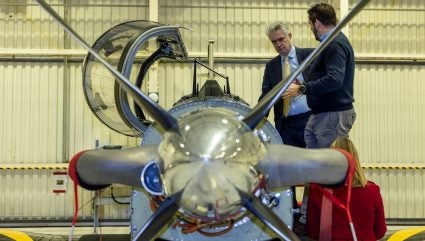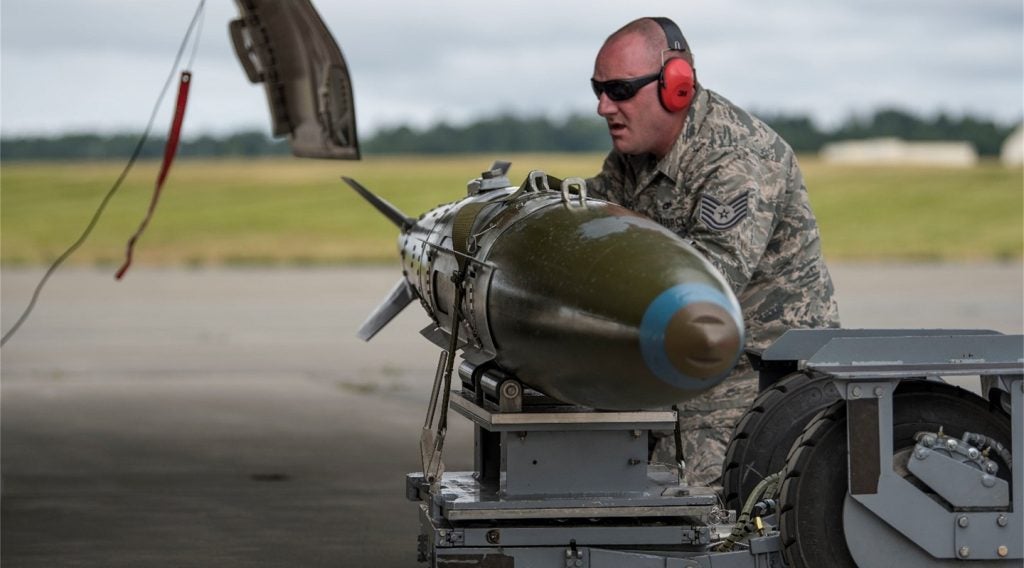
The UK Minister for Defence Procurement, James Cartlidge, visited Royal Air Force (RAF) Valley – a flying training school in North Wales, on Anglesey Island – to see the results of the Government’s investment in fighter jet training.
“Everything I witnessed at RAF Valley underscored its and the wider RAF’s commitment to delivering first class fighter pilots for the front-line,” Cartlidge relayed.
In the past two years, the Ministry of Defence (MoD) has invested £175m ($220m) in a new Texan training facility as well as £600m to boost Hawk T1 and T2 engineering support, which Cartlidge argued “will strengthen this endeavour even further, supporting Anglesey’s economic prospects and delivering opportunities ranging from engineering apprenticeships to fast jet and rotary aircrew.”
Cartlidge also spoke to some of the trainee pilots undergoing Basic Flying Training on the Texan aircraft of 72 Squadron and also met local apprentices who are being trained by the industrial supplier, Babcock.
RAF and Royal Navy trainees come to RAF Valley having completed Elementary Flying Training and being streamed to fast jet.
Their training continues on the Texan T1, a tandem-seat turboprop aircraft, before moving to the jet-powered Hawk T2 to prepare the pilots for conversion to either the Typhoon FGR4 or F-35 Lightning.
How well do you really know your competitors?
Access the most comprehensive Company Profiles on the market, powered by GlobalData. Save hours of research. Gain competitive edge.

Thank you!
Your download email will arrive shortly
Not ready to buy yet? Download a free sample
We are confident about the unique quality of our Company Profiles. However, we want you to make the most beneficial decision for your business, so we offer a free sample that you can download by submitting the below form
By GlobalDataEnduring problems with RAF combat air training
At the end of January 2024, the UK House of Parliament Defence Committee grilled industry over a lack of a future trainer jet to replace the Hawk, which it argued is in need of a successor now before its life-cycle comes to an end in sixteen years’ time.
The Committee fears that the RAF will be left with nothing for real-world training beyond the simulator systems the service persistently acclaims.
They are ultimately concerned that the Hawk is not a sufficiently modernised platform that will simulate the requirements of an aircraft that possesses next-generation capabilities suited to a completely new era of aerial warfare.
For that reason, the MoD’s £600m investment in the Hawk’s sustainment is not only insufficient for new pilots learning to operate in a new, technologically contested aerial domain, but arguably also a waste of funds considering the aircraft’s limited capabilities and thus inability in reflecting today’s combat aircraft.
However, problems in training stem further back several years, when in 2022 the former Minister of Defence, Ben Wallace, observed that the UK had fewer pilots qualified on the F-35 than it had aircraft.
So much so that Wallace asserted that “we have gone backwards from when I gave my instruction to the Chief of the Air Staff [Air Chief Marshal Mike Wigston]”.







